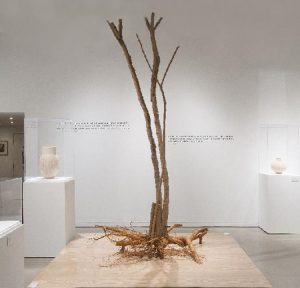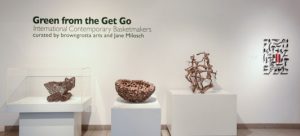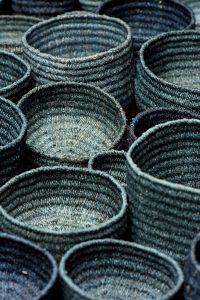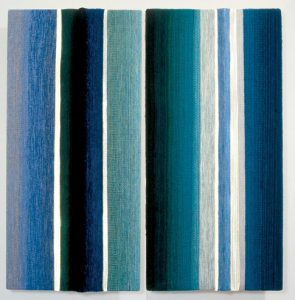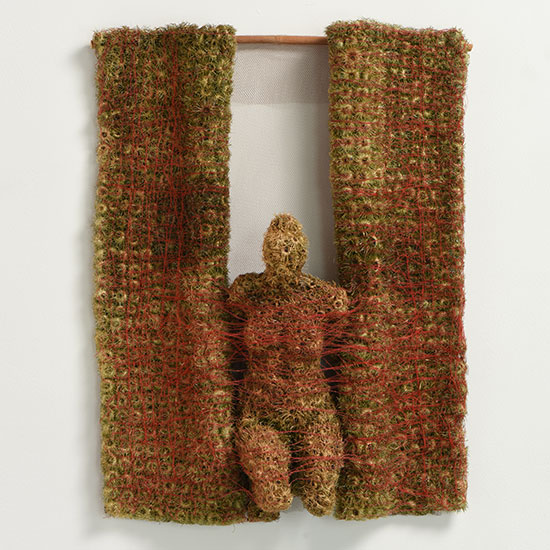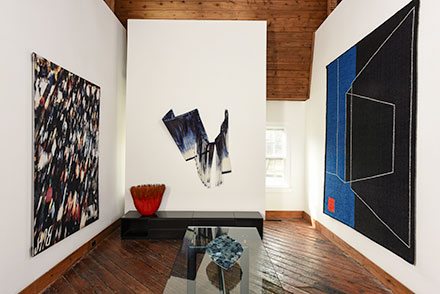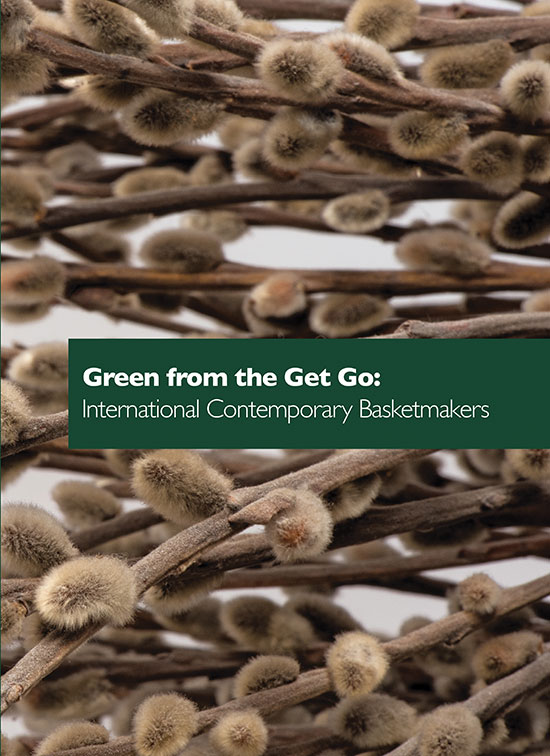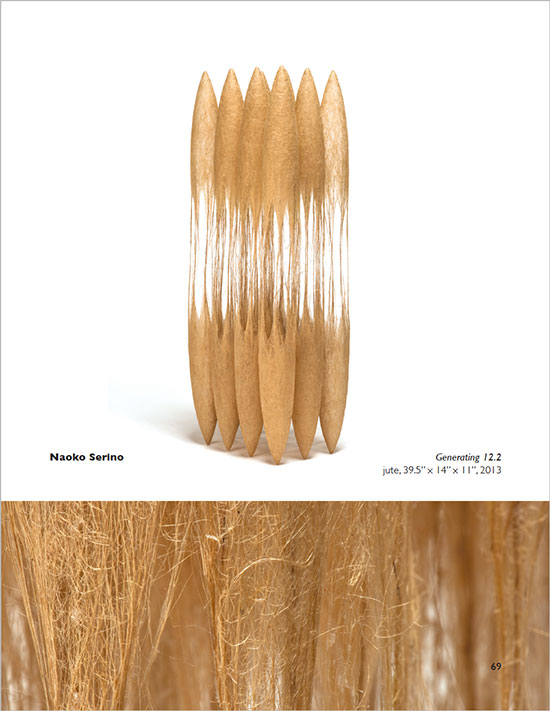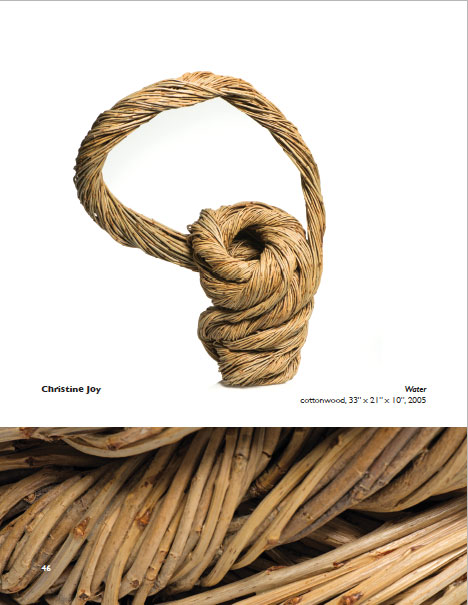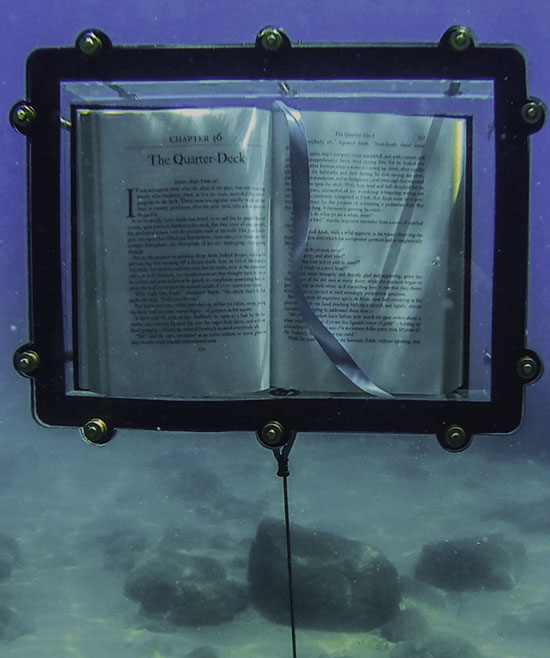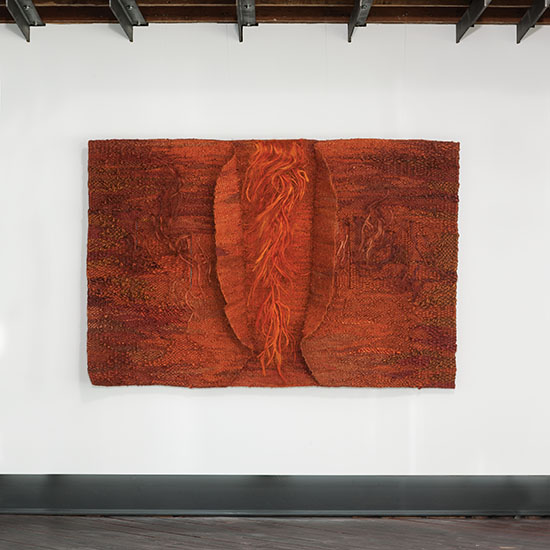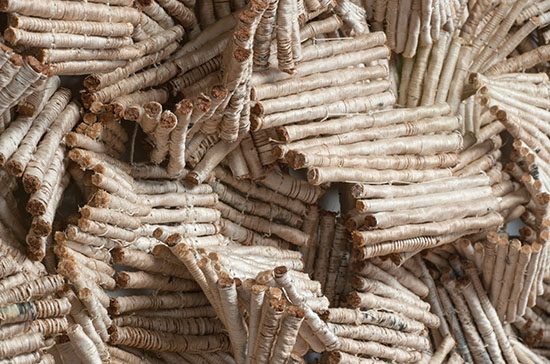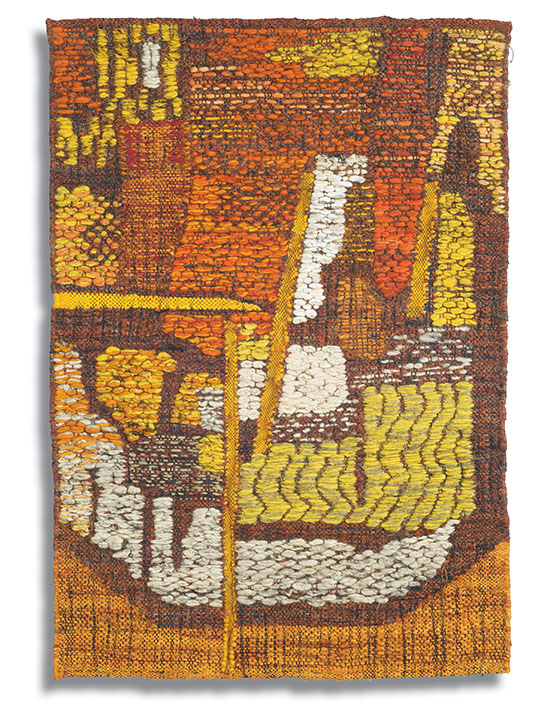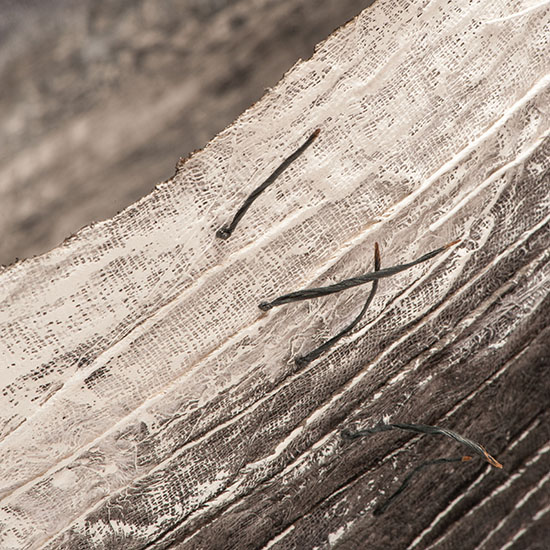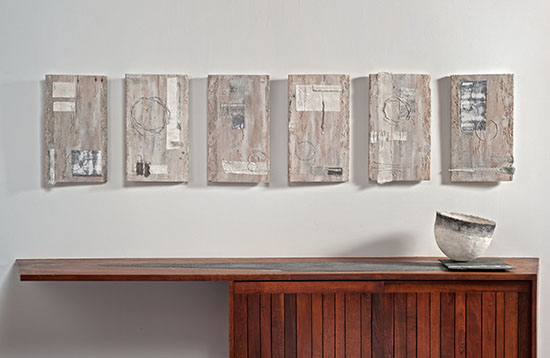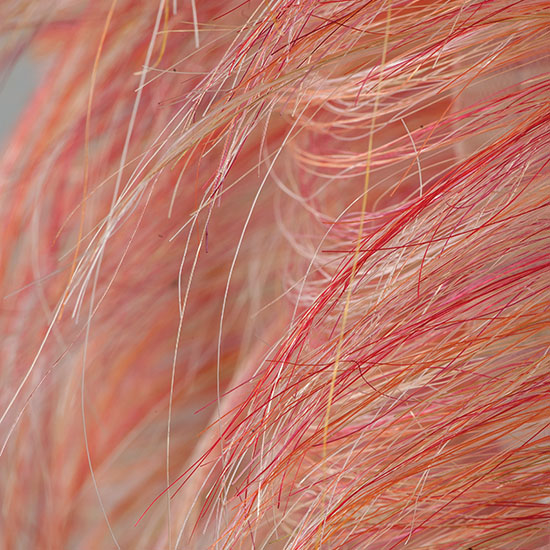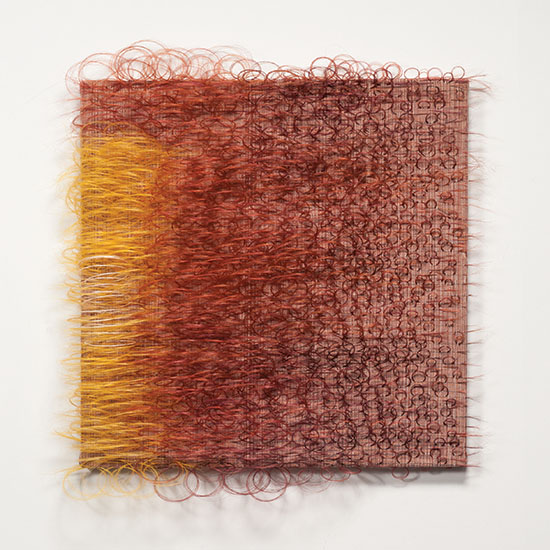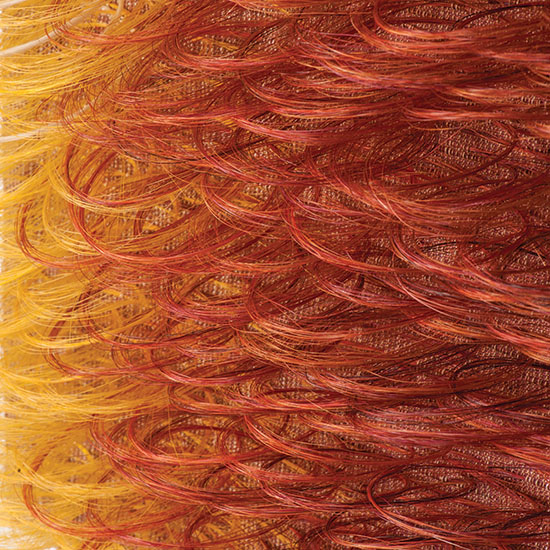It’s a Spring chock full of interesting exhibitions in the US and abroad. You’ve have just a few days remaining to see Beyond the Trees: Dona Look and Dorothy Gill Barnes http://centerfor
artinwood.org/
exhibition/dorothy-
gill-barnes-dona-
look-beyond-the-
trees/ at the Center for Wood Art in Philadelphia, Pennsylvania. Two browngrotta artist are featured in this exhibition, which closes April 23rd.
Their work can also be seen through June 26th at the Morris Museum in Morristown, New Jersey in Green From the Get Go: Contemporary International Basketmakers, curated by browngrotta arts. In New York, New York, the Experiments in Art & Digital Technologies includes innovative bga artist Lia Cook, http://www.liacook.com/wp-content/uploads/2016/04/EADT-Press.pdf who will lecture in New York on May 5th https://creativetechweek2016.sched.org/event/6DN5/weaving-and-digital-innovation.
Work by Lia Cook is also front and center in a San Francisco, California exhibition, Lines that Tie: Carol Beadle and Lia Cook http://sfmcd.org/press-release-lines-that-tie/ the exhibition is curated by bga artist, Deborah Valoma. Cook will lecture there tomorrow, April 21st. Identify Yourself, in Honolulu, Hawaii http://honolulumuseum
.org/art/exhibitions/
15320-identify_yourself/, which closes this week, on April 24th, also features work by Lia Cook. Two events in Wilton, Connecticut to attend. Hickory, Ash and Reed: Traditional Baskets, Contemporary Makersat the Wilton Historical Society, http://www.wiltonhistorical.
org/exhibitions.html, Includes several baskets by the late Marian Hildebrandt, whose work is represented by browngrotta arts and whose work is also currently on exhibit in Green from the Get: International Contemporary Basketmakers at the Morris Museum.
Artboom: Celebrating Artists Mide-Century, Mid-Career is open at browngrotta arts for just 10 days, from April 30th-May 8th https://arttextstyle.com/
2016/04/19/art-barn-
2016-artboom-
celebrating-artists-
mid-century-mid-
career-wilton-ct-
april-30th-may-8th/.
In the halls of the Musée cantonal des Beaux-Arts in Lausanne, Switzerland, Nomadic tapestries, an exhibition of some of the extensive contemporary collection of the Toms Pauli Foundation, traces in the evolution of textile art from the 1960s to 2000s,
http://www.musees.vd.ch/en/museem-beaux-arts/exhibition/past-exhibitions/tapisseries-nomades-fondation-toms-pauli-collection-xxe-siecle/. browngrotta arts has work available by twelve of the artists included in this very significant international survey of art textiles — Magadalena Abakanowicz, Lia Cook, Sheila Hicks, Jan Hladik, Ritzi Jacobi, Naomi Kobayashi, Maria Laszkiewicz, Jolanta Owidzka, Mariette Rousseau-Vermette, Wojciech Sadley, Sherri Smith and Hideho Tanaka. The exhibition will be on view through May 29th. In Tilburg, the Netherlands the Textile Museum is hosting a major retrospective of American artist and textile pioneer Sheila Hicks, born 1934 http://www.textielmuseum.nl. Internationally renowned, thanks to her participation in numerous large solo and group exhibitions, this is her first appearance in the Netherlands for many years. The exhibition extends through June 5, 2016.

